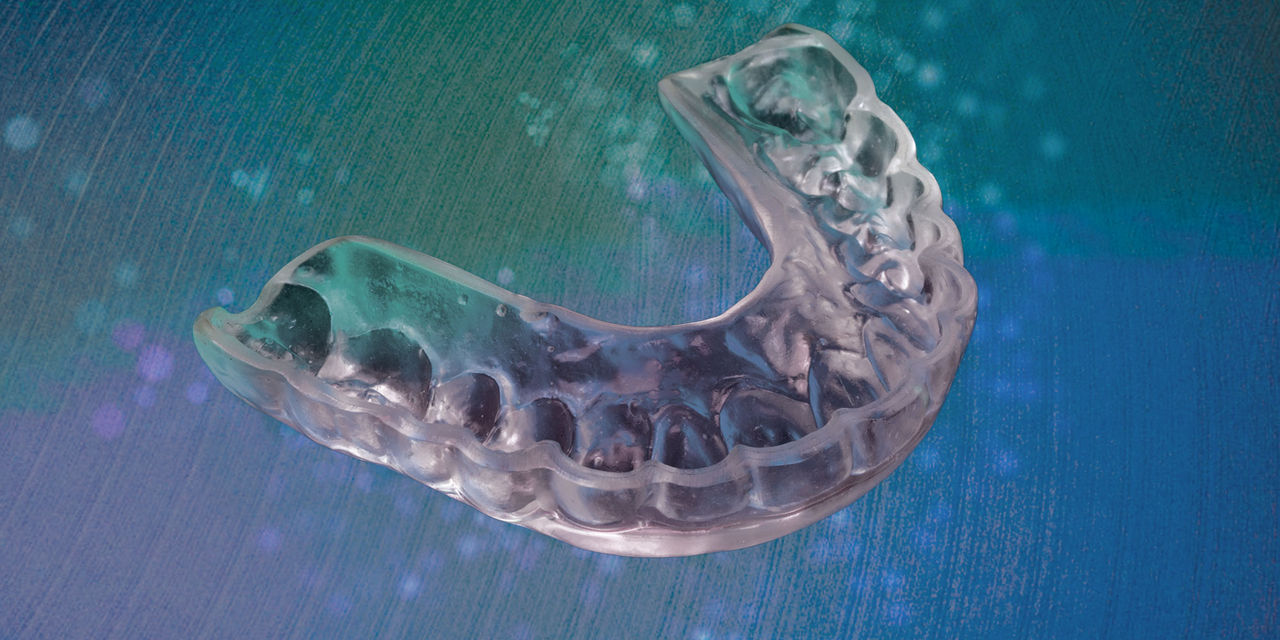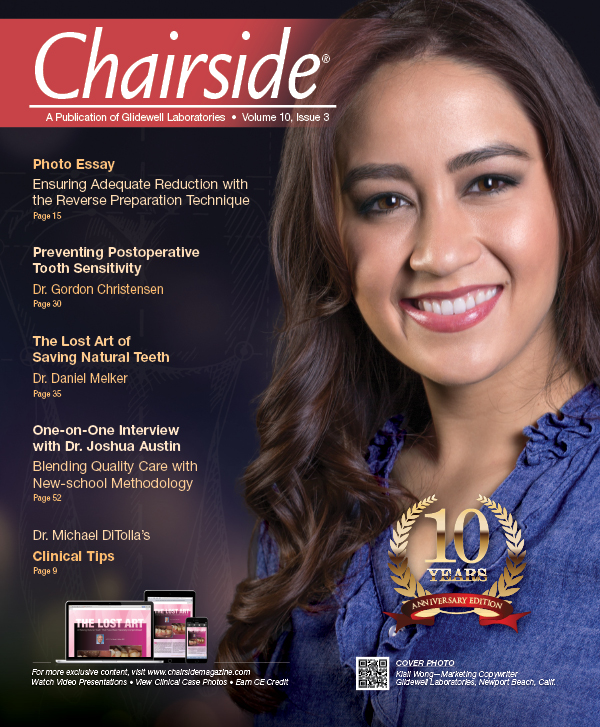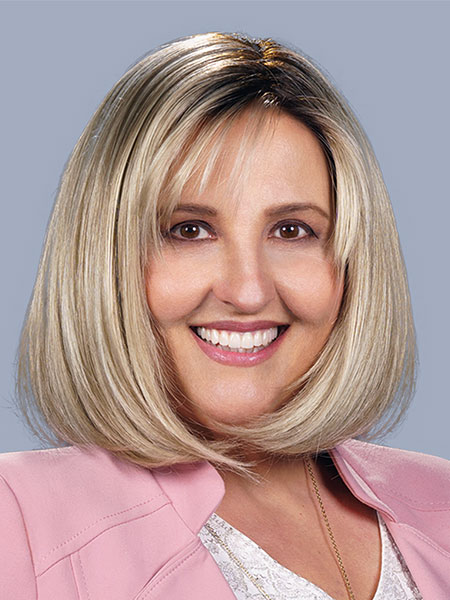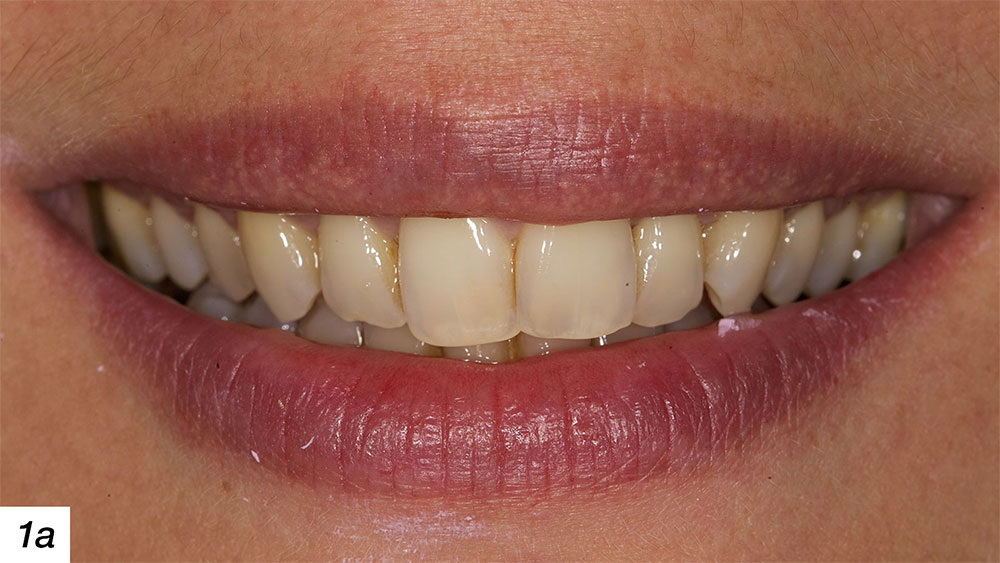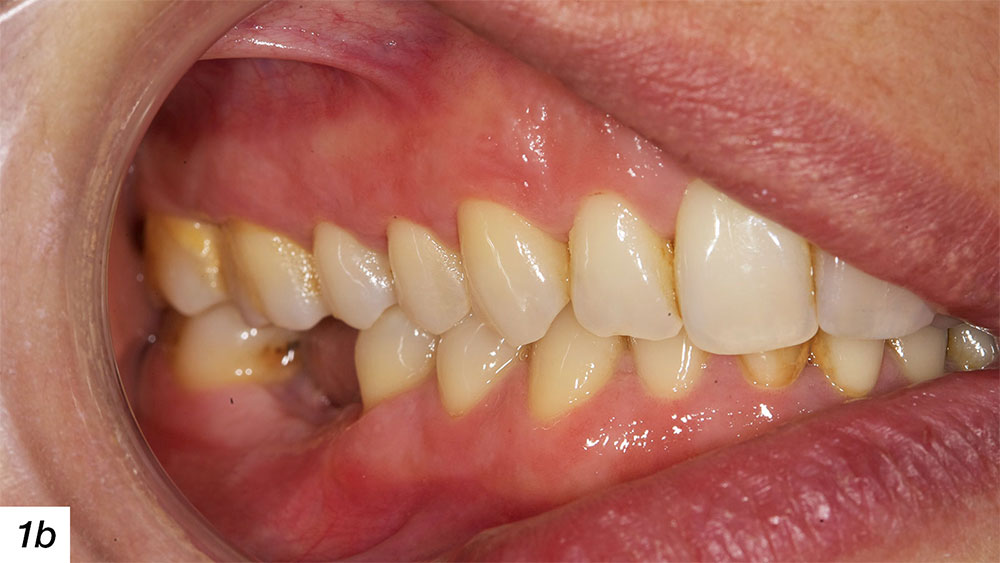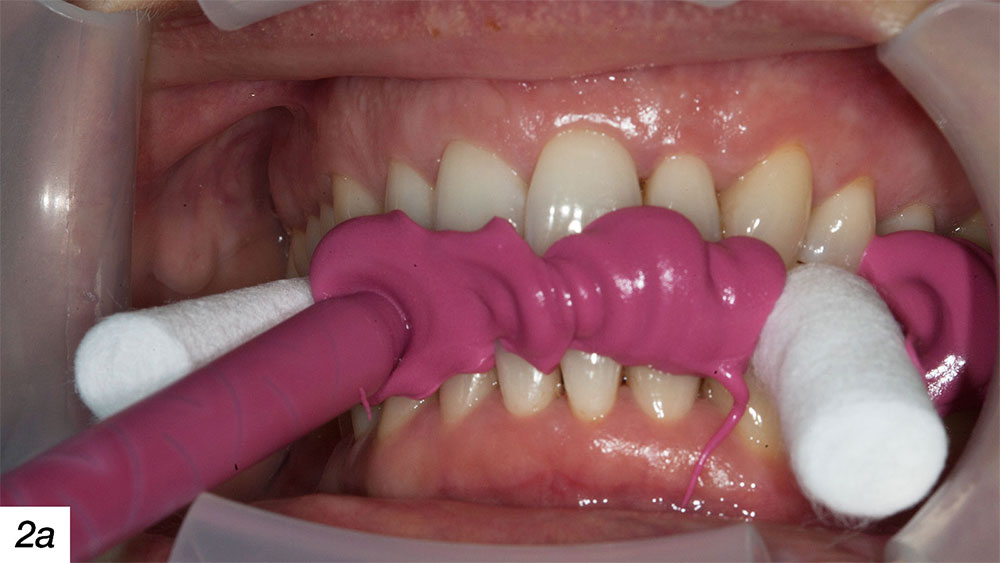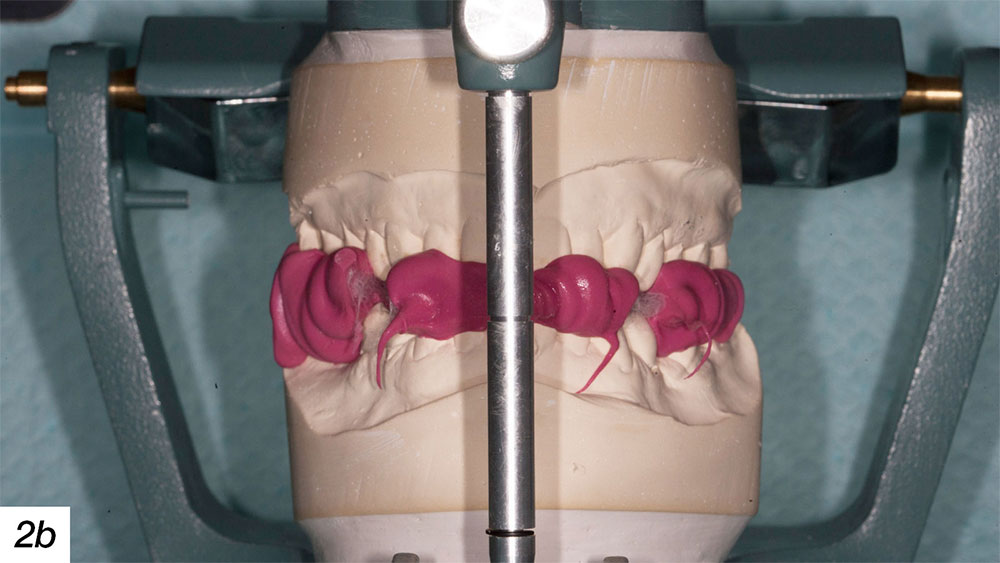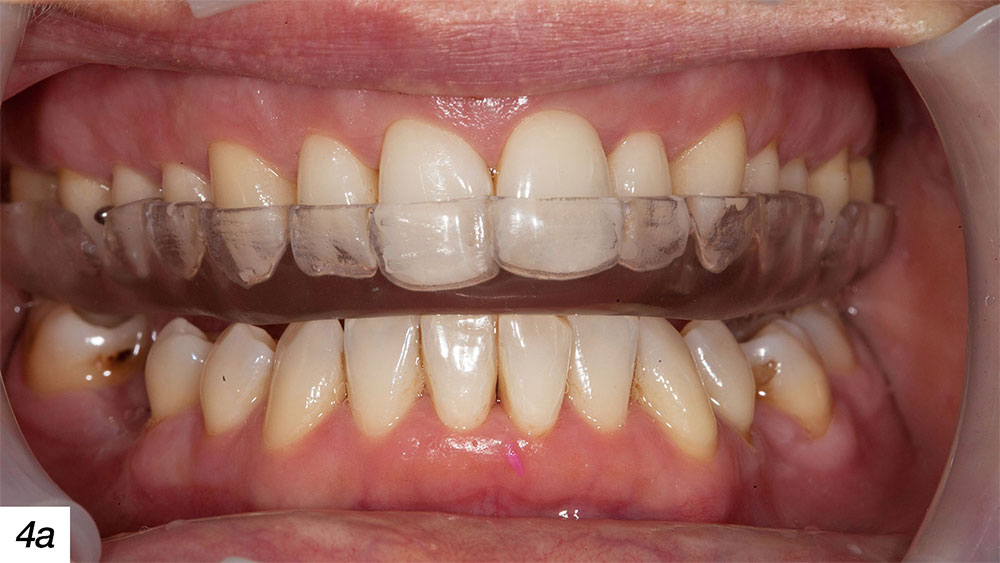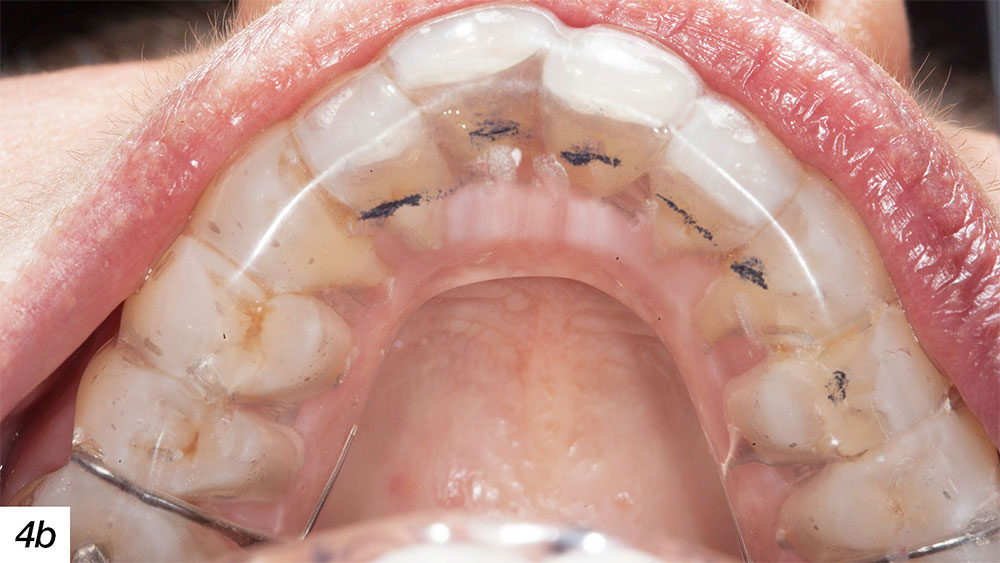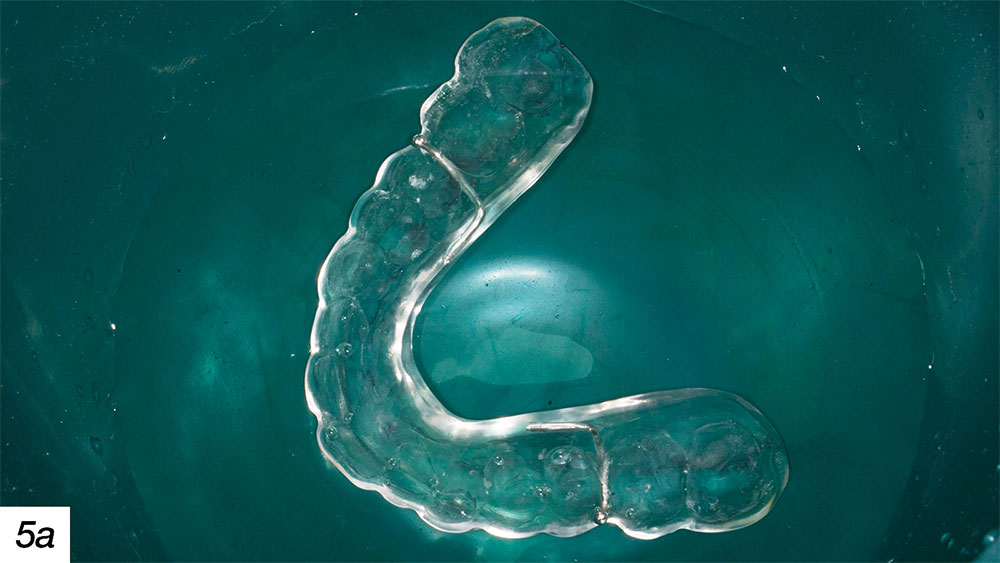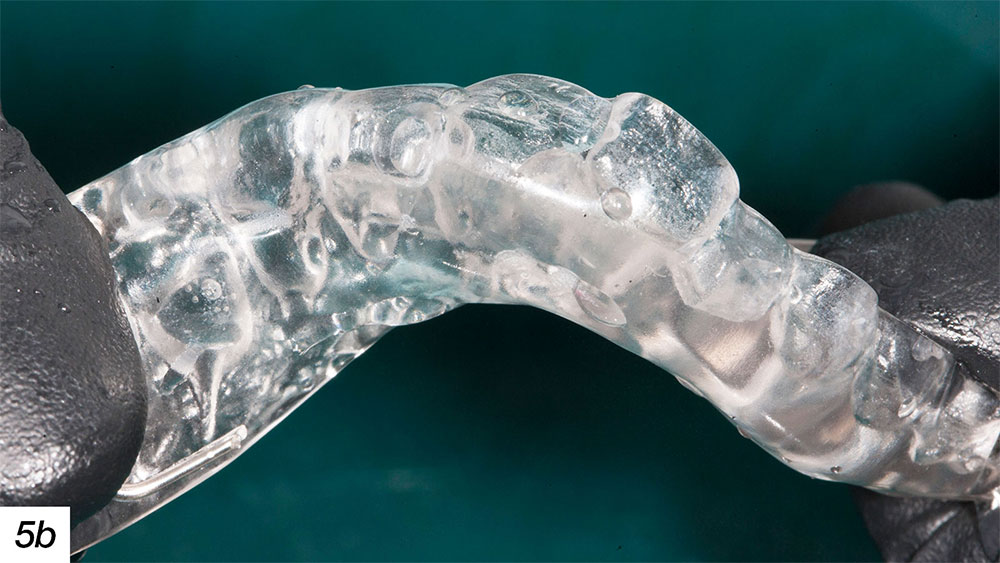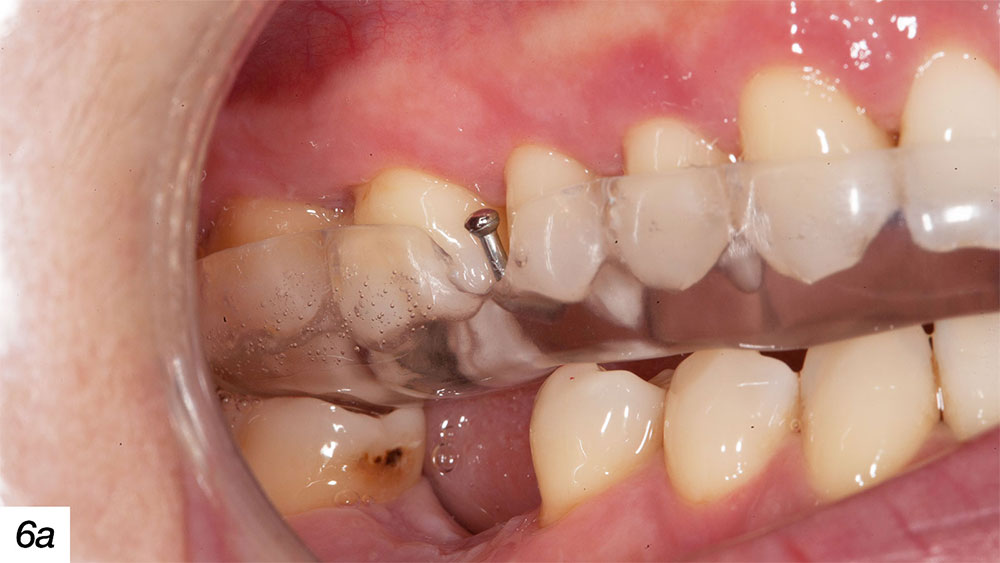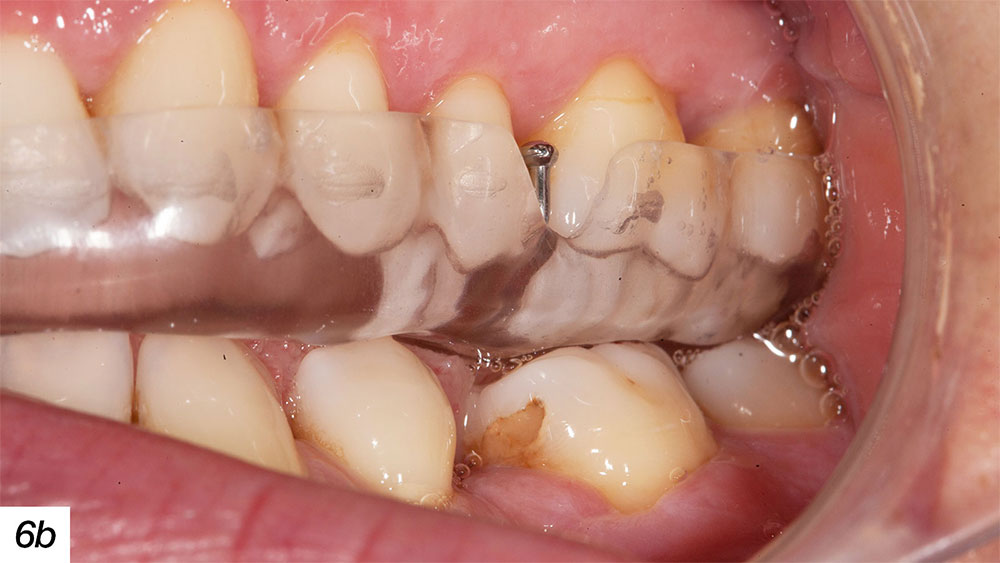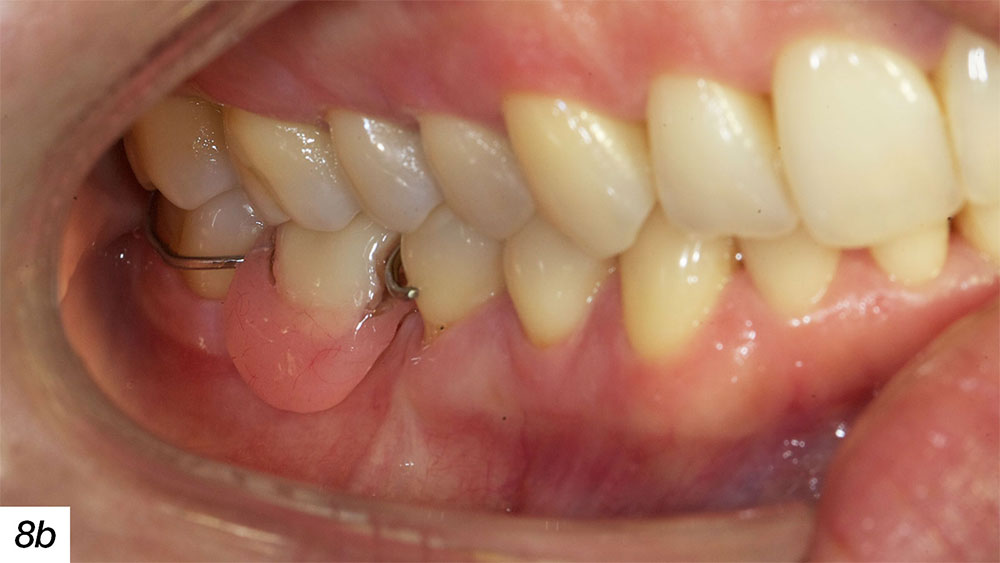Versatility of Astron Occlusal Splints
Management of edentulous sites using dental implants has been well documented in dental literature. Occlusal devices such as bite splints are used extensively in the management of patients with bruxism. This case report will show how a future implant, as well as occlusion, can be protected in a patient with bruxism using an Astron occlusal splint.
CASE REPORT
A 39-year-old female patient presented to the dental office seeking tooth replacement in the non-esthetic zone for her partially edentulous area at tooth #30 (Figs. 1a, 1b).
At the initial appointment, occlusal analysis was performed, revealing a deep bite with a 3 mm overbite. Multiple wear facets were observed on all mandibular teeth. The patient reported a history of bruxism and discomfort accommodating a nightguard. One of her complaints about an old nightguard was that after a short wear, the appliance displayed “repulsive discoloration” and become loose over time. The patient also reported extreme discomfort and tension-related pain after wearing the appliance at night.
The patient’s situation called for a better, more suitable material, such as CLEARsplint® by Astron Dental (Lake Zurich, Ill.). A custom nightguard that is waxed up to the doctor’s thickness preference, the Astron CLEARsplint offers excellent comfort and no tension or pain after wearing the appliance for a long period. Free of methyl methacrylate, the material is hypoallergenic; plus, these splints are amine-free, which means they resist becoming yellow or discolored with age. For enhanced durability, the Astron CLEARsplint is heat-cured for 35 minutes. Moreover, wire reinforcement or ball clasps can be added for additional strength or retention.
A custom nightguard that is waxed up to the doctor’s thickness preference, the Astron CLEARsplint offers excellent comfort and no tension or pain after wearing the appliance for a long period.
To address the patient’s bruxism and the need to ease forces on the temporomandibular joint, an Astron CLEARsplint was fabricated prior to stayplate delivery and intended implant placement.

Figure 3: Nightguard on the diagnostic cast.
An occlusal device can be helpful in determining whether a proposed change in an occlusal scheme will be tolerated. If a patient responds positively to the occlusal device, the response to restorative treatment should be positive as well. Occlusal device therapy can serve as a meaningful diagnostic procedure before the initiation of fixed prosthodontics treatment.
To prepare for fabrication of the splint, impressions and open construction bite were taken, and the upper and lower models were mounted on an articulator (Figs. 2a, 2b). The models were used to conduct a preliminary evaluation of the nightguard’s fit (Fig. 3). Additionally, today’s digital laboratory workflows grant the ability to extend the lifespan of a model beyond single-case use, sparing doctors the inconvenience of additional impressions if prosthesis remakes are required in the future. Glidewell Laboratories offers an optional “scan and save” service for a small fee, allowing for models to be scanned and digital data saved for 30 years. In the event that a patient needs a duplicate of the device, the lab can print the digitally scanned model for a separate fee and proceed with reproducing the appliance.
To compensate for lack of retention, the appliance was designed with ball clasps on the area of the maxillary premolars. The splint was tried in the patient’s mouth (Figs. 4a, 4b) prior to fine-tuning the fit for improved patient comfort.
The thermoplastic quality of the Astron CLEARsplint affords ease of adjustment in addressing occlusal discrepancies or a less-than-ideal fit. Utilizing a technique in which the appliance is immersed in hot water for one minute, the splint is prepared for adjustment chairside, or even by the patient at home if needed (Figs. 5a, 5b).
With the thermoplastic material readied for self-adjustment, the patient was directed to bite down with slight pressure against the mandibular teeth. This step allowed for identifying areas where the fit could be refined (Figs. 6a, 6b) in order for uniform occlusal contact to be achieved (Fig. 7).
The thermoplastic quality of the Astron CLEARsplint affords ease of adjustment in addressing occlusal discrepancies or a less-than-ideal fit.
The patient had been needing to replace tooth #30 for a long period of time. A removable partial denture was prescribed to maintain function, and interproximal and interocclusal space (Figs. 8a, 8b) until the patient was financially ready to invest in an implant.
Figures 5a, 5b: Submerging the appliance in hot water (150 degrees Fahrenheit) for one minute enables adjustment for fit or occlusal discrepancies. Note the material’s ability to flex.
Figures 6a, 6b: Self-adjust discrepancies related to fit or bite were observed.

Figure 7: Note uniform occlusal contact on all mandibular teeth. No interocclusal space between the splint and lower teeth.
Figures 8a, 8b: Delivery of stayplate replacing missing tooth #30.
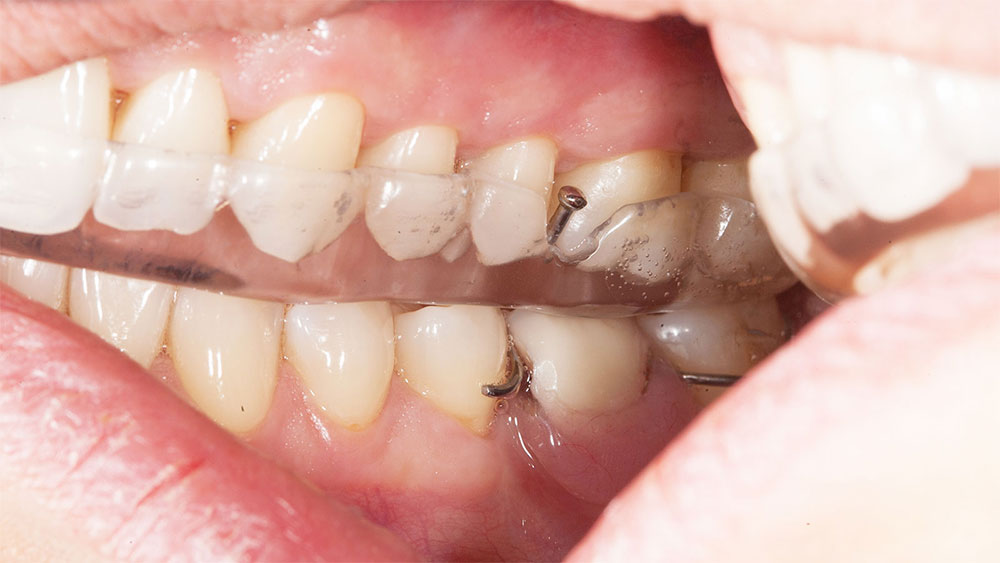
Figure 9: The Astron CLEARsplint was readjusted following delivery of the stayplate.
At the stayplate delivery appointment, the thermoplastic quality of the Astron CLEARsplint allowed the appliance to be readjusted (Fig. 9) after being placed for one minute in water heated to 150 degrees Fahrenheit.
The thermoplastic quality of the Astron CLEARsplint affords ease of adjustment in addressing occlusal discrepancies or a less-than-ideal fit.
The patient was directed to bite down with slight pressure against the mandibular teeth. This step allowed for identifying areas where the fit could be refined in order for uniform occlusal contact to be achieved.
CONCLUSION
In the treatment of bruxism, a nightguard can be both valuable and versatile. From edentulous state to stayplate delivery to future implant, this case shows how the Astron CLEARsplint is able to provide consistent support through various stages of the patient’s treatment. This patient expressed a desire to wear a stayplate to help with function and space maintenance until the near future, when she can receive an implant-supported, esthetic restoration. When she eventually does proceed with implant placement, the adaptability of the Astron CLEARsplint means the patient’s current nightguard can continue to be usable in protecting implant and natural dentition alike.
In the treatment of bruxism, a nightguard can be both valuable and versatile.
With Astron CLEARsplints, doctors have a tool for effectively and efficiently minimizing the occlusal comfort challenges that patients may go through before, during and after implant placement.
